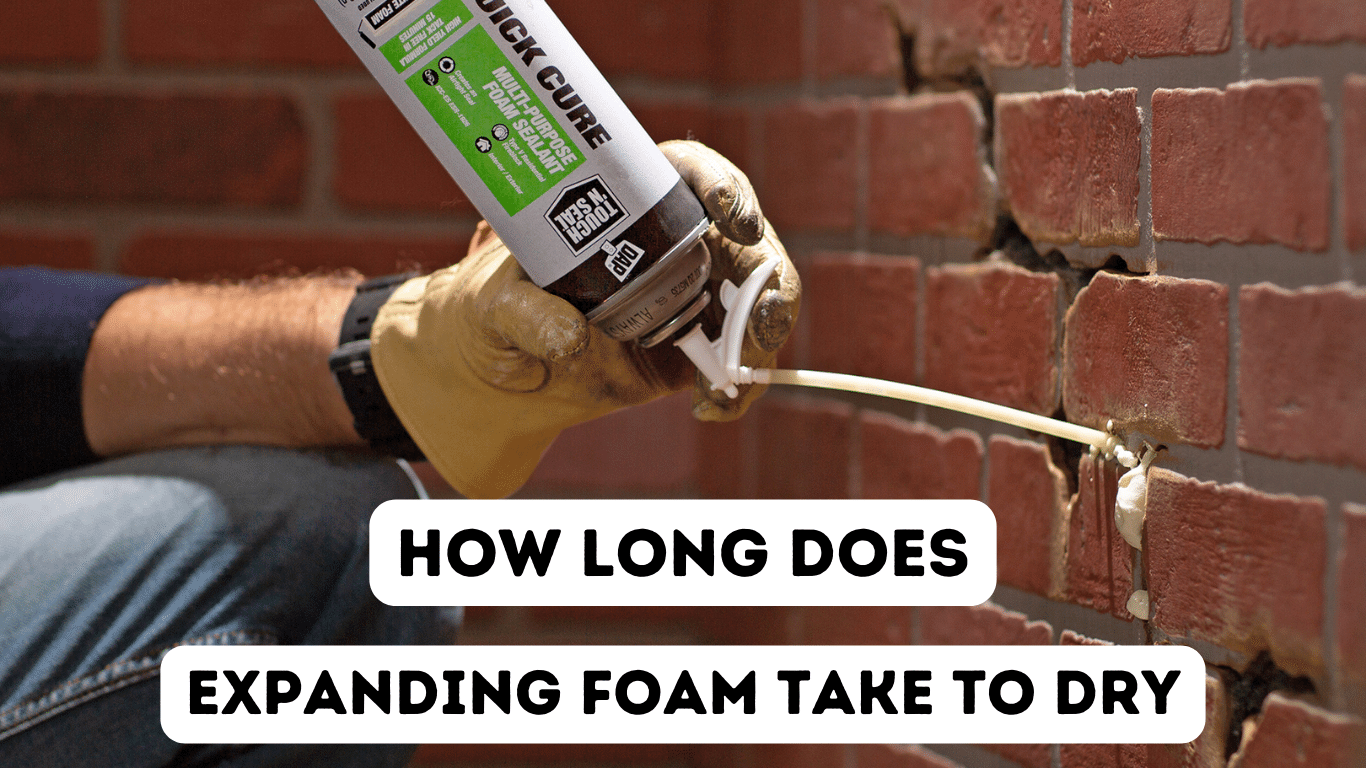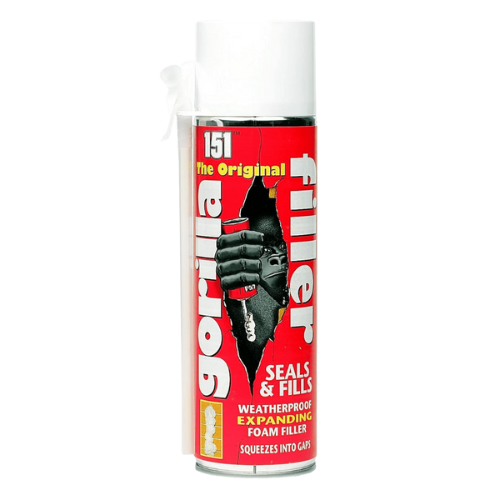
Extending bubbles, usually called bubble sealant, is a universal and convenient fabric utilized in different applications, from DIY tasks to building and insulation.
If you’re assuming utilizing extending bubbles, you might be wondering, How long does expanding foam take to dry?
In this exhaustive manual, we’ll analyze everything you ought to understand regarding extending bubbles, including its benefits, how to select the correct style, application manners, and, most significantly, the drying period. So, let’s plunge into the planet of extending bubbles!
What is Expanding Foam?
Expanding foam is a polyurethane-based fabric that develops when uncovered to perspective or moistness. It begins as a beverage or semi-liquid significance and, upon application, extends to plug voids, cracks, and holes.
This remarkable possession makes it an ideal option for packing, protecting, and connecting different textures. It is a universal fabric that can be used for an assortment of ideals, such as:
- Insulating gaps and cracks
- Filling voids
- Sealing around doors and windows
- Sealing around pipes and electrical wiring
- Soundproofing
- Adhering materials together
How to Choose the Right Expanding Foam for Your Needs
Choosing the correct style of extending bubbles is essential to ensure that it serves as desired. Here are some crucial elements to assume:
Kind of Task:
- Decide the essence of your task. Are you sealing gaps, insulating, or filling voids?
- Different types of expanding foam are designed for specific applications, so choose accordingly.
Open Cell vs Closed Cell:
- Expanding foam is available in open-cell and closed-cell varieties.
- Open-cell foam is lightweight and ideal for soundproofing and non-structural applications, while closed-cell foam is denser and suitable for insulation and structural needs.
Expansion Rate:
- Pay attention to the expansion rate, as some foams expand significantly more than others.
- This can impact how much you need for your project and the drying time.
Curing Time:
- Consider the curing time, which can vary depending on the type of foam.
- Faster curing foams can be more convenient for some projects, but you’ll need to work quickly.
How to Use Expanding Foam
Using expanding foam effectively involves a few essential steps:
- Practice: Assure that the consistencies you plan to involve the bubbles in are sanitary and gratis from dust, oil, and loose particles.
- Shake the Canister: If you’re utilizing an aerosol canister, shock it entirely before it is useful to mix the ingredients.
- Wear Protective Gear: Expanding foam can be messy and stick to skin and clothing. Wear gloves, safety goggles, and ancient clothes to rescue yourself.
- Involve the Bubbles: Begin by using a little portion of bubbles at the selected location. Recall that the bubbles will extend, so evade overfilling.
- Curing Time: Allow the foam to cure. During this time, it will expand to fill the space and harden. This is when the drying process begins.
- Trim Excess: Once the foam is fully cured and dry, you can trim any excess using a knife or a saw, if necessary.
Read More: How Does Nippon Ant Killer Powder Work?
How Long Does Expanding Foam Take to Dry?
The drying time for expanding foam varies depending on several factors:
- Style of Bubbles: Open-cell foams typically have a quicker drying time than closed-cell foams.
- Curing Period: Developing froth typically brings nearly 8 hours to remedy and parch, but it can bear up to 24 hours or better to be completely parched and prepared for snipping or more position.
- Temperature and Humidity: The drying period can be affected by the surrounding temperature and humidity. More affable and more dehydrated requirements usually guide to more rapid drying terms.
- Application Thickness: The thickness of the applied foam layer can impact drying time. More viscous coatings may accept elongate to parch ultimately.
To be safe, it’s a good practice to allow 24 hours for the expanding foam to dry fully before attempting any trimming or additional work.
Benefits of Expanding Foam
Expanding foam offers a range of benefits for various applications:
- Efficient Insulation: Closed cell expanding foam is an excellent insulator, providing energy savings and maintaining a comfortable indoor environment.
- Air and Water Sealant: Expanding foam is great for sealing gaps, preventing air infiltration, and blocking water intrusion.
- Soundproofing: Open-cell extending froth can decrease bluster statuses, creating it a helpful device for soundproofing spaces.
- Versatility: Extending froth can be utilized in numerous additional tasks, from house restorations and renovations to building and industrial applications.
- Increased Structural Integrity: Closed-cell expanding foam can add structural integrity to walls and surfaces.
Checkout This Gorilla Expanding Foam:

The 151 Gorilla Filler Weatherproof Expanding Foam is the perfect solution for all your weatherproofing needs.
Whether you need to fill gaps, cracks, or cavities, this expanding foam will do the job with ease.
Its weatherproof properties ensure that it can withstand even the harshest of conditions, keeping your home or project protected from moisture and drafts.
With its easy-to-use application and quick curing time, you can get the job done in no time.
Trust 151 Gorilla Filler Weatherproof Expanding Foam for all your weatherproofing projects. Hence check out this product.
Conclusion
Expanding foam is a valuable material known for its versatility and effectiveness in various applications. When considering using expanding foam for your project, it’s crucial to choose the right type, follow proper application methods, and be patient with the drying process.
While the drying period can alter, permitting at least 24 hours for complete drying before any further outcome is a secure approach.
Extending froth’s usefulness, such as insulation, sealing, soundproofing, and structural support, makes it a favored option for DIY fanatics and experts.
Read More: is Nippon ant killer safe for pets





